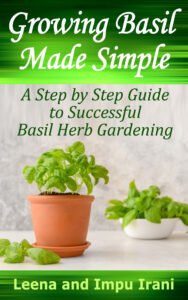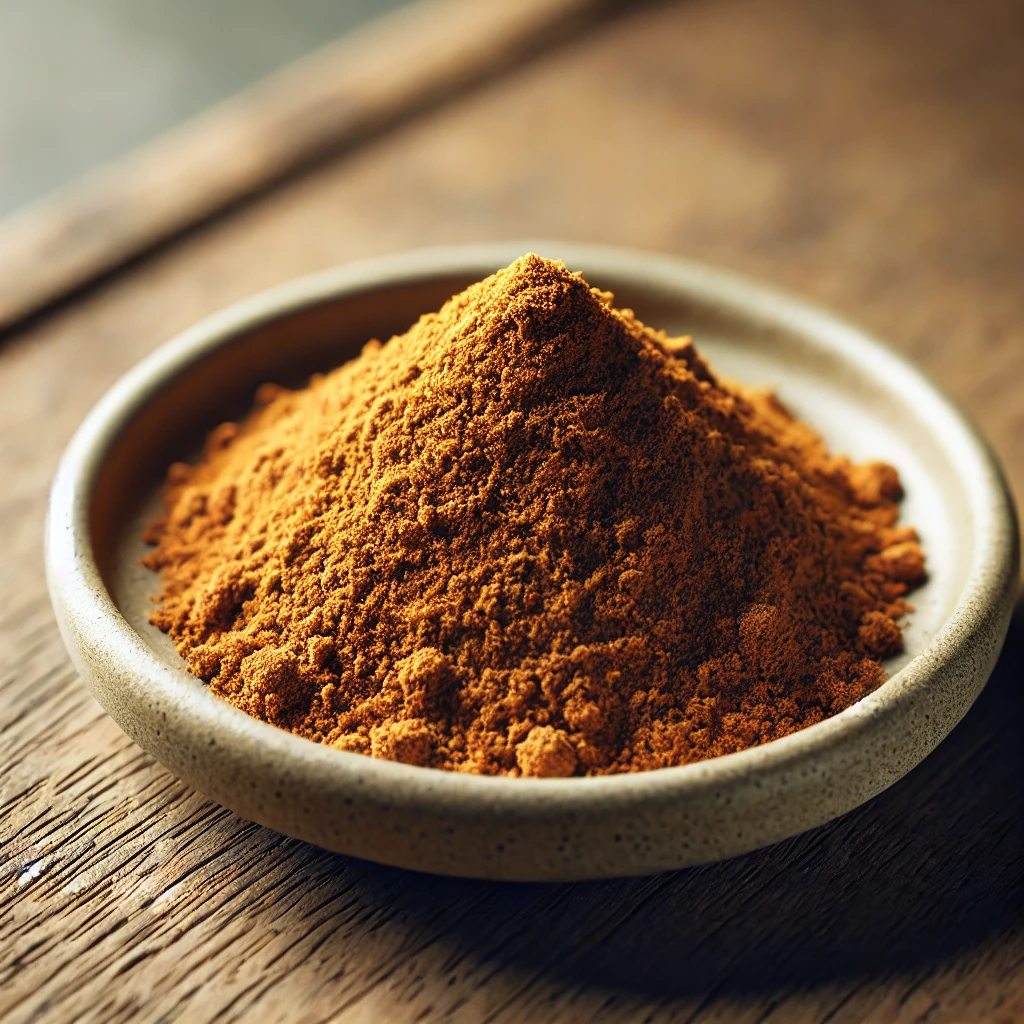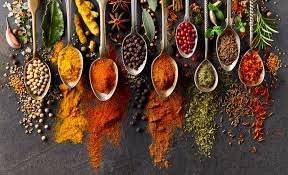Welcome to our blog
7 secrets ingredients for easy homemade Spice Blends
Homemade spice secrets and Indian cooking is renowned for rich, vibrant flavors that captivate taste buds worldwide. The secret behind these unforgettable homemade dishes lies not in individual spice ingredient but in blending them just right in ratio. But for many, especially beginners, the idea of mixing spices at home can feel overwhelming. Which ingredients go together? When should they be added? What makes one Garam Masala different from another?
Whether you are a passionate home cook or an adventurous food lover, mastering these blends can elevate your dishes to extraordinary levels.This article uncovers seven essential tips, walks you through these secret must-have spices, and gives you the confidence to create your own homemade spice blends.
Understanding the Role of Spice Blends in Indian Cooking
In Indian cuisine, individual spices are powerful, but when combined, they create depth, complexity, and balance. Spice blends, also called masalas, are foundational to Indian cooking. They vary regionally, culturally, and even from one household to another. From the warming Garam Masala of North India to the fiery Rasam Powder of the South, these blends capture the essence of Indian cooking traditions. The secret? Knowing not only which spices to use, but also how and when to use them. Homemade spice secrets begin with understanding the fact that masalas are more than just spice combinations . They are stories, memories, and flavor blueprints passed down through generations.
Invest in Whole Spices and Grind Fresh
If there is one thing that separates a good curry from a spectacular one, it is this: freshly ground spices. The pre-ground spices you buy from supermarkets often lose potency over time. On the other hand, whole spices retain their aroma and flavor longer. Grinding your own spices at home might sound like an extra step, but it’s actually one of the easiest homemade spice secrets to adopt. All you need is a spice grinder, coffee grinder, or even a sturdy mortar and pestle.
Learn the Technique of Tempering Spices (Tadka)
One of the best-kept secret for homemade herbs and spices techniques in Indian cooking is tempering . This is known as tadka or chaunk. This process involves heating oil or ghee and adding whole spices until they sizzle and release their aromas. Spices like mustard seeds, cumin, dried red chilies, and asafoetida are commonly used for tempering. The flavored oil is then poured over dishes like dals, sabzis, or even rice. This technique not only enhances flavor but also alters the way spices and herbs interact with your food . This also makes them more digestible and aromatic. It is one of the simplest and most easy homemade spice secrets you can master today.

Know Your Essential Indian Spices and Herbs
To master your cooking, here is a breakdown of the essential spices every Indian kitchen should have, and how they contribute to overall flavor.
Cumin (Jeera): Warm, earthy, slightly nutty and bitter. Used whole or ground. A base spice in many blends. cumin seeds are often toasted to release their aroma and used in curries, lentils, and rice dishes.
Coriander (Dhania): Mild, citrusy and slightly sweet. Adds balance and freshness. coriander seeds and ground coriander are used in spice blends and also as a seasoning for meats and vegetables.
Turmeric (Haldi): Earthy, slightly bitter. It is known for its vibrant yellow color and gives curries their iconic golden hue. Turmeric is a cornerstone in Indian cooking and is also prized for its health benefits
Mustard Seeds (Rai): These tiny seeds are often tempered in hot oil to release their pungent, nutty aroma, a key technique in South Indian dishes.
Fenugreek (Methi): Bitter with maple undertones. Fenugreek seeds and leaves are used in curries and pickles.
Cardamom (Elaichi): Available as green (sweet and floral) or black (smoky and robust), Adds fragrance and luxury. Cardamom is used in both savory dishes and desserts.
Cinnamon (Dalchini): Warm, sweet, and comforting. Cinnamon sticks are often added to biryanis, pulaos, and masala chai for depth of flavor.
Cloves (Laung): Sharp, strong, aromatic and warming. A few go a long way. Cloves add warmth and depth to meat dishes, rice, and spice blends.
Black Pepper (Kali Mirch): Adds depth, heat, and complexity. It also adds pungency and is a staple in spice blends like Garam Masala.
Red Chili Powder (Lal Mirch): Adds heat and vibrant color to curries, with variations ranging from mild to extra spicy.
Bay Leaves (Tej Patta): Mildly floral with cinnamon-like notes. Perfect for rice dishes and curries.
Asafoetida (Hing): Pungent, umami-rich. A pinch of this pungent resin adds a unique savory depth to vegetarian dishes, especially lentils and beans.
Nigella Seeds (Kalonji): Nutty and bittersweet. These seeds are used to flavor breads, pickles, and vegetable curries.
Dried Red Chilies: Ideal for tempering. Adds a smoky, spicy kick. Whole dried chilies are often tempered in oil for flavoring dals, stews, and curries.
These form the foundation of most secret homemade herbs and spices blends . Once you have them in your pantry, the possibilities are endless.
Explore Popular Homemade Indian Spice Blends
Here are three homemade spices in the form of blend recipes you can try right now:
Basic Garam Masala
- 2 tbsp coriander seeds
- 1 tbsp cumin seeds
- 1 tbsp black peppercorns
- 5 cloves
- 2-inch cinnamon stick
- 3 green cardamom pods
- 1 black cardamom (optional)
Dry roast, cool, grind, and store in an airtight jar.
South Indian Sambhar Powder
- 1 tbsp coriander seeds
- 1 tsp cumin
- 1 tsp fenugreek
- 4 dried red chilies
- 1 tbsp chana dal
- 1 tbsp toor dal
- 1/2 tsp turmeric
- 1/2 tsp hing
Dry roast and grind. Use in lentil soups and stews.
Chaat Masala (Tangy Finishing Masala)
- 2 tbsp dried mango powder (amchur)
- 1 tbsp cumin
- 1 tsp black salt
- 1/2 tsp pepper
- 1 tsp coriander
- 1/2 tsp hing
- 1/4 tsp chili powder
Use as a finishing spice on fruits, snacks, or roasted veggies.
Customize Your Blends to Suit Your Cooking
One of the best aspects of homemade spice secrets is how easy it is to adapt blends to suit your tastes. Want less heat? Use mild Kashmiri chili. Prefer more aroma? Add extra cardamom or fennel.
Tips:
- Label your jars with ingredients and dates.
- Keep a spice journal to record combinations you love.
- Try blending in herbs like dried curry leaves, mint, or basil for fusion blends.
Store Your Spices Properly to Retain Freshness
Even the best spice blends can lose their punch if stored improperly. Light, heat, and moisture are the enemies of freshness.
Best Storage Practices:
- Use airtight glass jars or tins.
- Store away from direct sunlight and heat.
- Avoid storing spices near the stove or dishwasher.
Freshly made spice blends using secret homemade herbs and spices can retain their potency for 3–6 months if stored correctly.
Spice Blending is a Creative Journey
There are no hard and fast rules when it comes to Indian spice blends. That’s the beauty of it. Once you understand the fundamentals, you can innovate and experiment endlessly.
Create a “signature” blend that suits your family’s taste. Mix in some rosemary or thyme for an Indo-Western fusion. Add dried ginger to your Garam Masala for a warming winter mix.
With a few pantry staples and your growing knowledge of homemade spice secrets, you will begin to see spices not just as ingredients — but as creative tools.
Conclusion
Mastering Indian spice blends may sound intimidating, but with a little practice and passion, it becomes second nature. The rewards? Better flavor, more control over what you are eating, and a deeper appreciation for the culture and history behind every dish.
By following these easy homemade spice secrets, you will be able to build and personalize your own arsenal of secret homemade herbs and spices. Your kitchen will not just smell amazing — it will become a place of exploration and joy.
FAQ: Homemade Indian Spice Secrets
What are Indian spice blends, and why are they important?
Indian spice blends, also known as masalas, are combinations of ground or whole spices used to create balanced and flavorful dishes. They are central to Indian cuisine because they bring depth, aroma, and complexity to food — making even simple meals taste extraordinary.
What are “homemade spice secrets”?
Homemade spice secrets are the traditional tips and techniques passed down through generations to create flavorful spice blends at home. They include everything from roasting spices correctly to blending and storing them for the freshest results.
Why make spice blends at home instead of buying them?
Homemade spice blends are fresher, healthier, and free from additives. By mastering secret homemade herbs and spices, you get full control over taste, aroma, and quality—plus the joy of personalization.
Are these spice blends hard to make?
No! With just a few tools and ingredients, anyone can start creating spice blends. Many of these are easy homemade spice secrets that even beginners can learn quickly.
How do I store my homemade spice blends?
Keep your blends in airtight containers, away from heat, light, and moisture. Proper storage preserves the potency of your homemade spice secrets for up to 3–6 months.
What’s the difference between North and South Indian blends?
North Indian blends like Garam Masala are warm and aromatic, using spices like cardamom and cloves. South Indian blends like Sambhar Powder are spicier and tangier, often including curry leaves, mustard seeds, and dried chilies.
Can I use Indian spice blends in non-Indian recipes?
Yes! Many spice blends are incredibly versatile. Use Garam Masala in soups or roasted vegetables, or try Chaat Masala on snacks and fruits. These homemade spice secrets can enhance a wide range of cuisines.
What are the easiest blends to start with?
Begin with Garam Masala, Curry Powder, or Chaat Masala. They’re simple to make and great for exploring easy homemade spice secrets in everyday meals.
. How do I know which spices go together?
Start with classic recipes and adjust to your taste. Keep notes as you experiment, and over time, you’ll develop your own trusted combinations of secret homemade herbs and spices.
Are homemade spice blends healthier?
Absolutely. They are free from preservatives, artificial colors, and anti-caking agents. Homemade blends let you enjoy clean, wholesome flavor in every dish.





